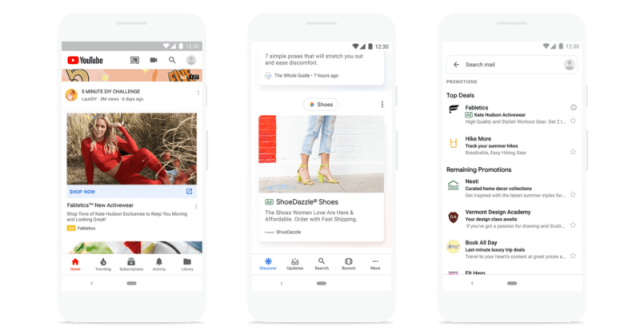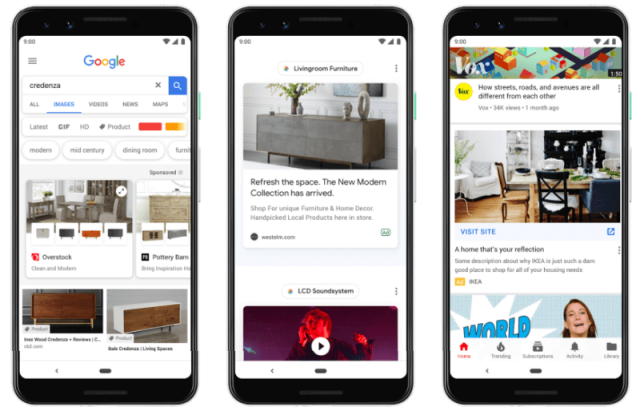Facebook is making some changes to how it handles comments in its algorithm to better promote real discussion.
Everyone knows that Facebook uses an algorithm to help sort which posts get shown to users, but you may not be aware that the social network uses a similar system to help rank comments.
With the new update, the company says it will do a better job or highlighting comments with specific “positive” quality signals, while demoting low-quality comments.
Comment Quality Signals

According to the new announcement, Facebook will be using four types of signals to analyze comments:
- Integrity Signals
- User Indicated Preferences
- User Interaction Signals
- Moderation Signals
Integrity Signals
Facebook’s “Integrity Signals” are designed to assess the authenticity of comments. Specifically, it will be looking to see if comments violate community standards or qualify as “engagement-bait”
Engagement Bait is a practice which involves either explicitly encouraging users to react, like, share, subscribe, or take any other form of action in exchange for something else. This can even be something as innocuous as asking followers to do push-ups.
User Indicated Preferences
User Indicated Preferences are established through Facebook’s direct polling of users. By doing this, the social network is able to directly ask users what they want to see in comments and what they think promotes real discussion.
User Interaction Signals
These are pretty self-obvious. User Interaction Signals are indications whether a user has interacted with a post.
Moderation Signals
Moderation Signals are based on whether other users choose to hide or delete comments made on their post. Facebook explains this practice in a bit more detail, saying:
“People can moderate the comments on their post by hiding, deleting, or engaging with comments.
Ranking is on by default for Pages and people with a a lot of followers, but Pages and people with a lot of followers can choose to turn off comment ranking.
People who don’t have as many followers will not have comment ranking turned on automatically since there are less comments overall, but any person can decide to enable comment ranking by going to their settings.”
Why Facebook Ranks Comments
As with Facebook’s post ranking algorithms, the primary goal of Facebook’s new comment algorithm update is to promote the best quality content within people’s feeds while hiding spammy or low-quality content. As the company says in its announcement:
“To improve relevance and quality, we’ll start showing comments on public posts more prominently when:
-
The comments have interactions from the Page or person who originally posted; or
-
The comments or reactions are from friends of the person who posted.”






